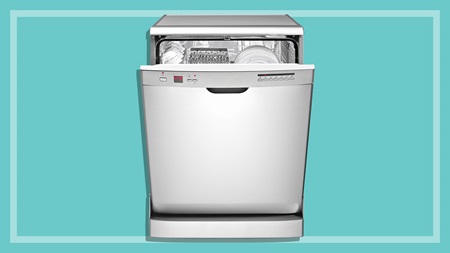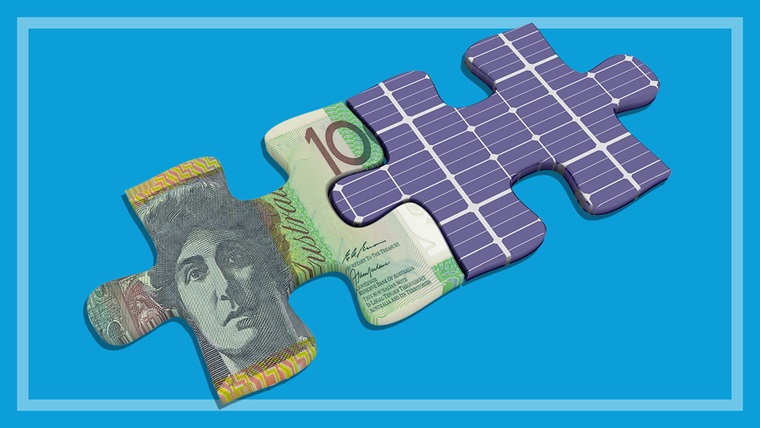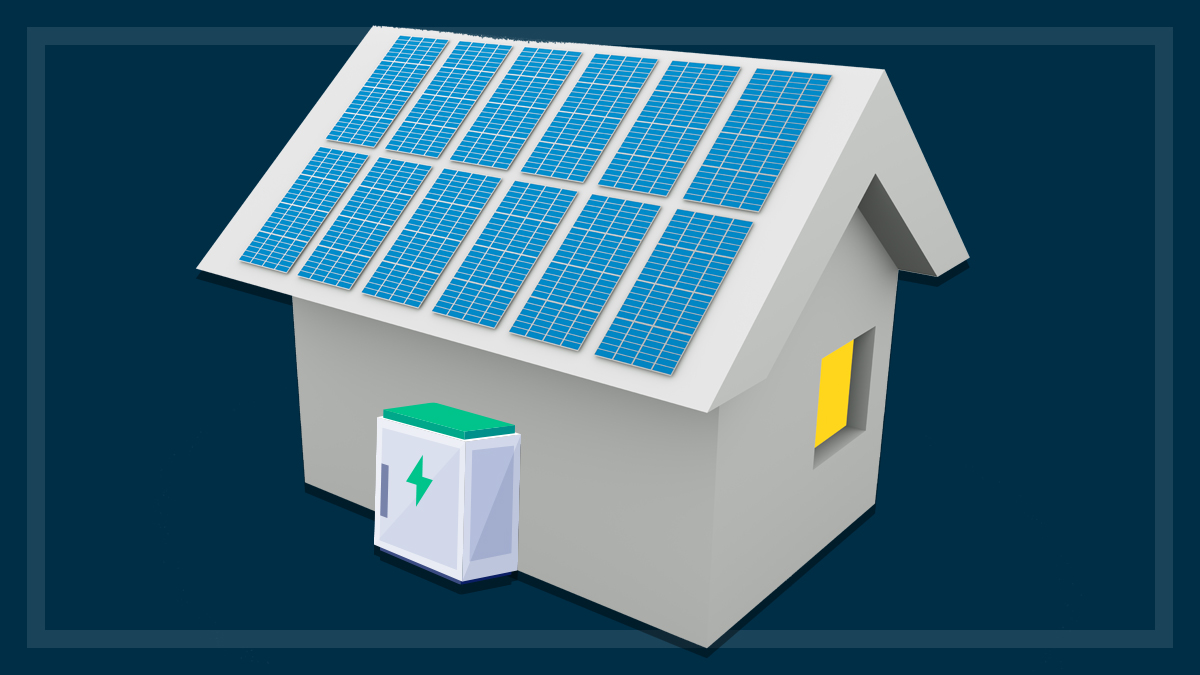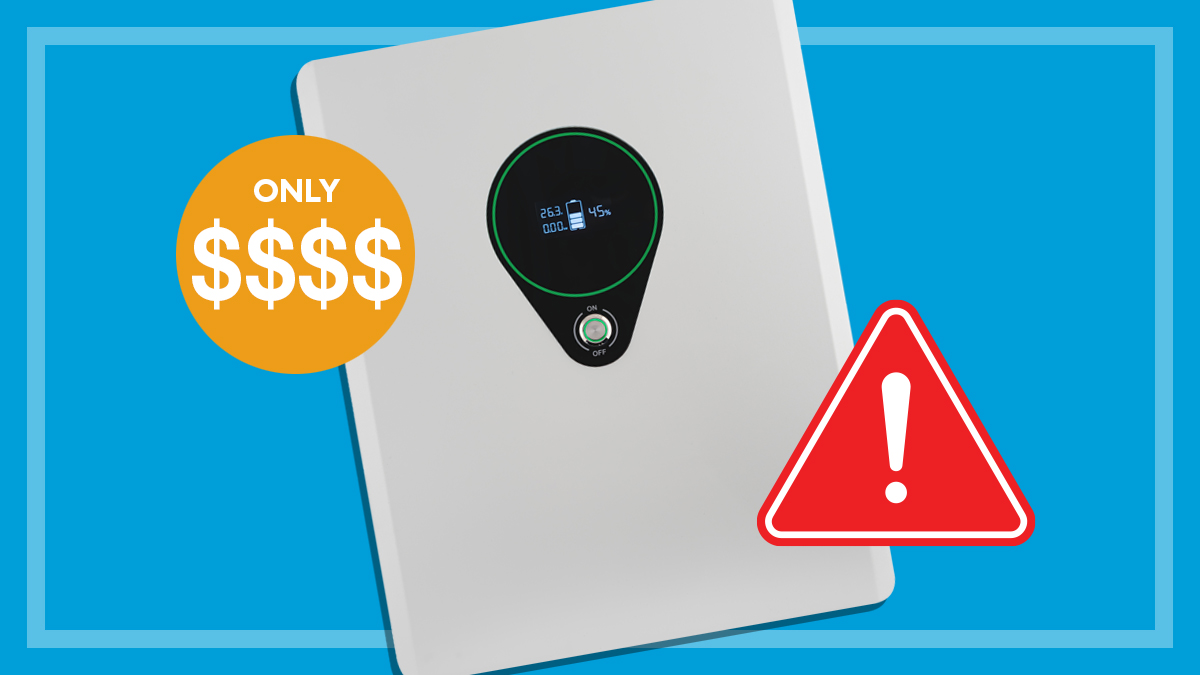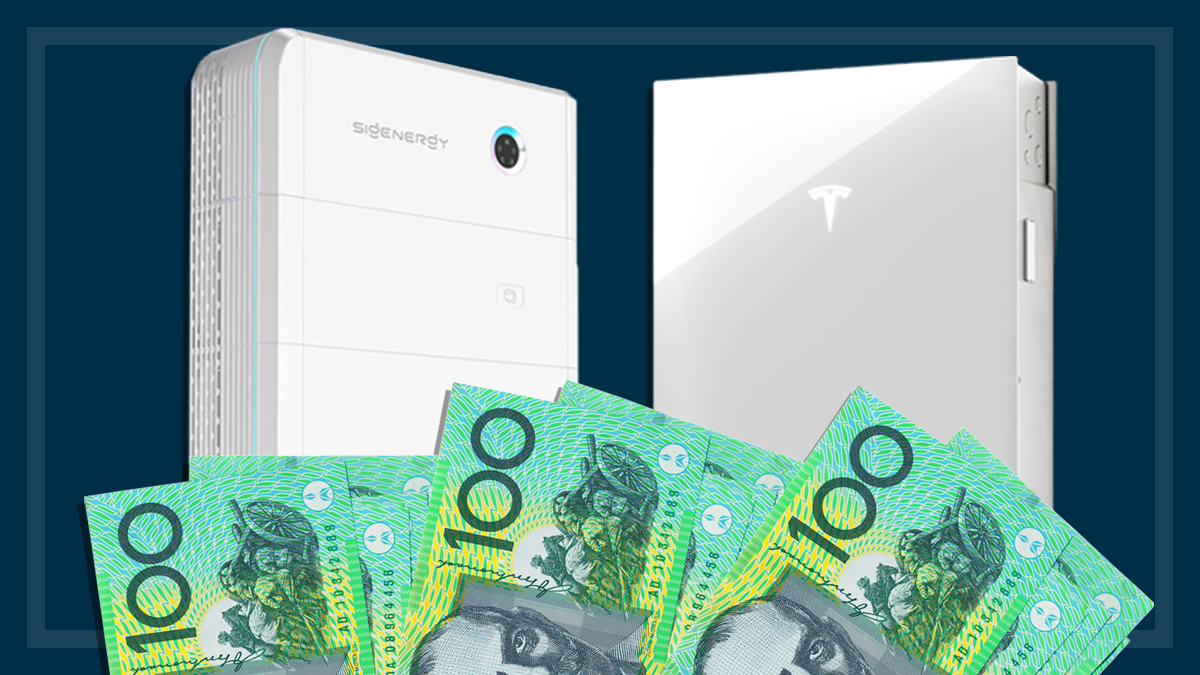Get our independent lab tests, expert reviews and honest advice.
Top 5 tips for saving water
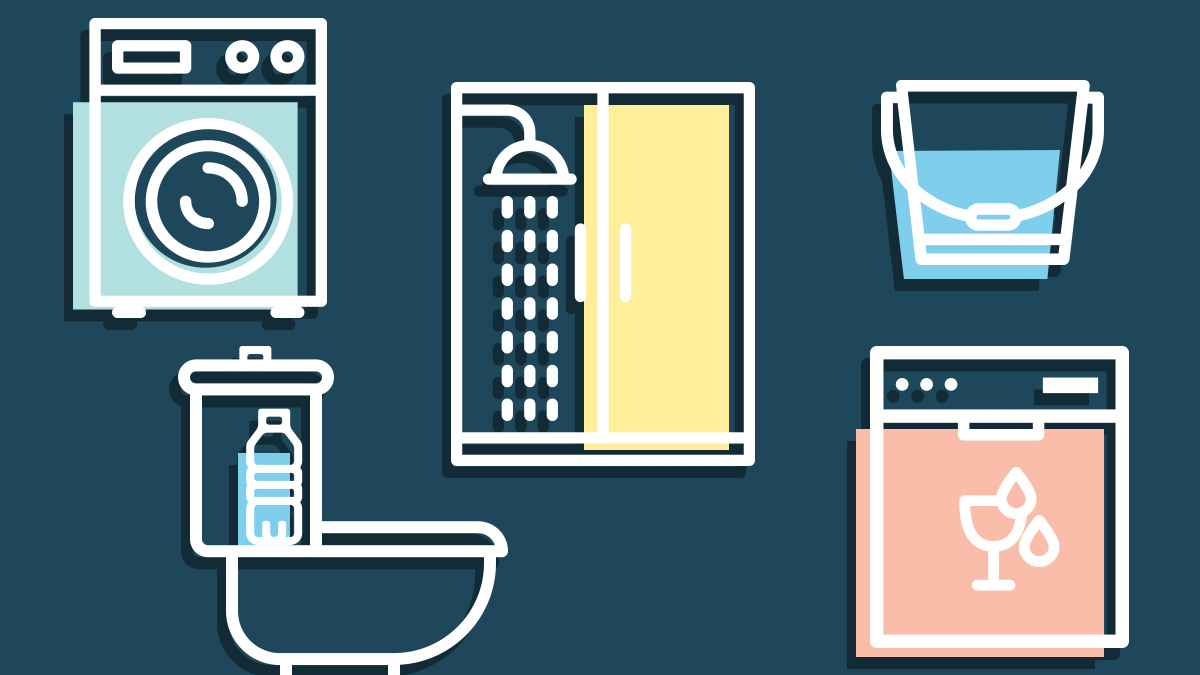
How often do you consciously think about how much water you use? The figure may shock you – you probably use thousands of litres per week.
It’s not surprising that we use the most water in the laundry and bathroom, with the biggest culprits being washing machines, showers, taps and toilets.
As we experience drier weather and below-average rainfall in many parts of Australia, it’s more important than ever that we become more aware of how much water we’re using – and wasting – every day.
Whether you’re in a small inner-city apartment or on a sprawling property, there are simple things you can do to that will save water and really make a difference.
1. Water-audit your washing machine
Get up close and personal with the water-efficiency of your washing machine – different models can vary widely.
CHOICE household expert Ashley Iredale says: “Front-loading washing machines are far more water-efficient than top loaders, using up to 70% less water.”
And if you want to choose the most water-efficient appliances, avoid washer-dryer combos.
In addition to the water they use to wash your clothes, washer-dryer combos also use a staggering amount of water to dry them
CHOICE household expert Ashley Iredale
“Washer-dryer combos are huge water-wasting culprits – that’s because in addition to the water they use to actually wash your clothes, they surprisingly also use a staggering amount of water to dry them. This could be up to as much as 210 litres per cycle just to remove around 4 litres of water from your clothes,” says Ashley.
If you’re buying a new machine, check out our washing machine reviews to make sure you’re buying the best performing, most water-efficient machine you can (we test for both water efficiency and rinse performance, as some machines that rate well for water efficiency don’t rinse as effectively).
CHOICE tip: If you can’t change your current washer to a more water-efficient model, only run full loads and use the eco-setting or water-saving program if there is one.
How much water can a front-loader save?
Panasonic NA-FS85G3WAU top loader (8.5kg capacity and water use 170L/cycle) versus Whirlpool FSCR10420 front loader (8.5kg capacity and water use 42L/cycle).
Choosing the Whirlpool front loader will save 467,200L of water over 10 years.
Our independent washing machine reviews compare more than 50 models from brands including LG, Miele, Bosch and Samsung.
Water use over 10 years was calculated as one ‘normal’ load each day for 10 years.
2. Quit doing the dishes!
Music to your ears, right? Just to be clear, we mean you should be stacking the dishwasher, instead of doing dishes old-school-style in the sink.
“Using a fully loaded dishwasher is far more water efficient than handwashing in the sink with a running tap,” Ashley says.
“The average water consumption of dishwashers we’ve tested is about 13L per wash, whereas studies have shown hand washing the equivalent of a fully loaded dishwasher takes around 100 litres on average.”
Using the eco-setting will also conserve water.
CHOICE tip: Save yourself even more time by not rinsing plates before putting them in the dishwasher – our testing shows that it makes little difference even when food is ‘crusted on’.
3. Get toilet (re)trained
Every time you flush, you use up to 9L of water, depending on the efficiency of your toilet. That adds up to hundreds or even thousands of litres per year.
A simple step to reduce the water used by your loo is to use the half-flush option wherever possible. And don’t be shy about not flushing every time: we won’t judge if you use the “if it’s yellow, let it mellow…” method!
Old-style single flush toilets can use up to a huge 12L of water per flush. If you have one of these and you can’t upgrade, you can install a device to stop the toilet flushing when you take your finger off the button (you can get them from the hardware store for around $10). Or you can use the old trick of putting a brick (or a plastic bottle full of water) in the cistern which will use less water each flush.
If you’re renovating your bathroom or you need a new toilet, consider options such as a model with an integrated hand basin above the cistern (the water you use to wash your hands is used for the next flush instead of going down the drain).
CHOICE tip: Avoid using your toilet as a garbage disposal and don’t flush tissues or wipes – they cause havoc with sewerage systems, and you’re wasting water.
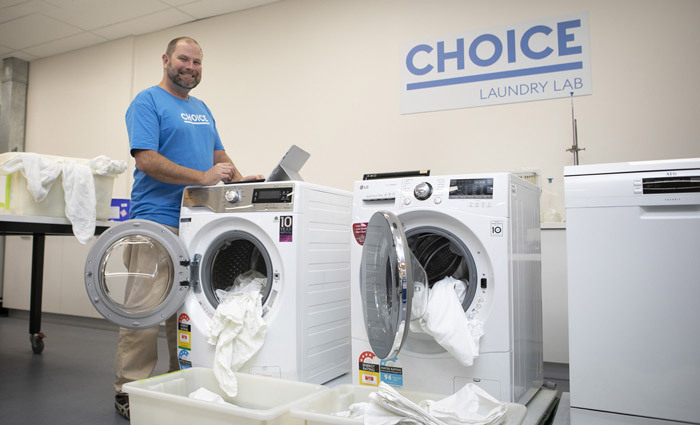
4. Harness your (water-saving) shower power
Simply taking a shorter shower is an obvious water-saving tip, but the difference you can make depends hugely on your shower head.
Current models typically pump out anywhere from 6L/minute to 9L/minute – so cutting your shower down from 8 minutes to 4 minutes could save around 250L of water a week!
Or, you could do as a Brazilian environmental group suggested in a national campaign back in 2009 and save water on flushing by doing your, ahem, number ones, in the shower. If that’s a step too far for you (we understand), check out our guide to water-saving shower heads.
CHOICE tip: Time how long it takes to fill an empty 1-litre drink container at the tap. Compare this with how long you leave the tap running while you wash your face or brush your teeth. This should give you a good idea of how much water you’re using – and prompt you to cut down.
5. Re-use and recycle
We don’t recommend reusing untreated wash water from your washing machine on the garden (due to the potential chemicals from your detergents), but you can definitely re-use the cleaner rinse water.
Just stop your washing machine before it drains the water, and siphon it out into a bucket using a plastic tube (find out more about reusing greywater).
If you have a condenser or heat pump dryer, you can use the water collected when drying your laundry to water the garden.
In the bathroom, you can use a bucket to collect the running water while your shower warms up.
And don’t pour the water leftover from cooking pasta, eggs or vegetables down the drain – use it to water your plants. Every little bit helps.

